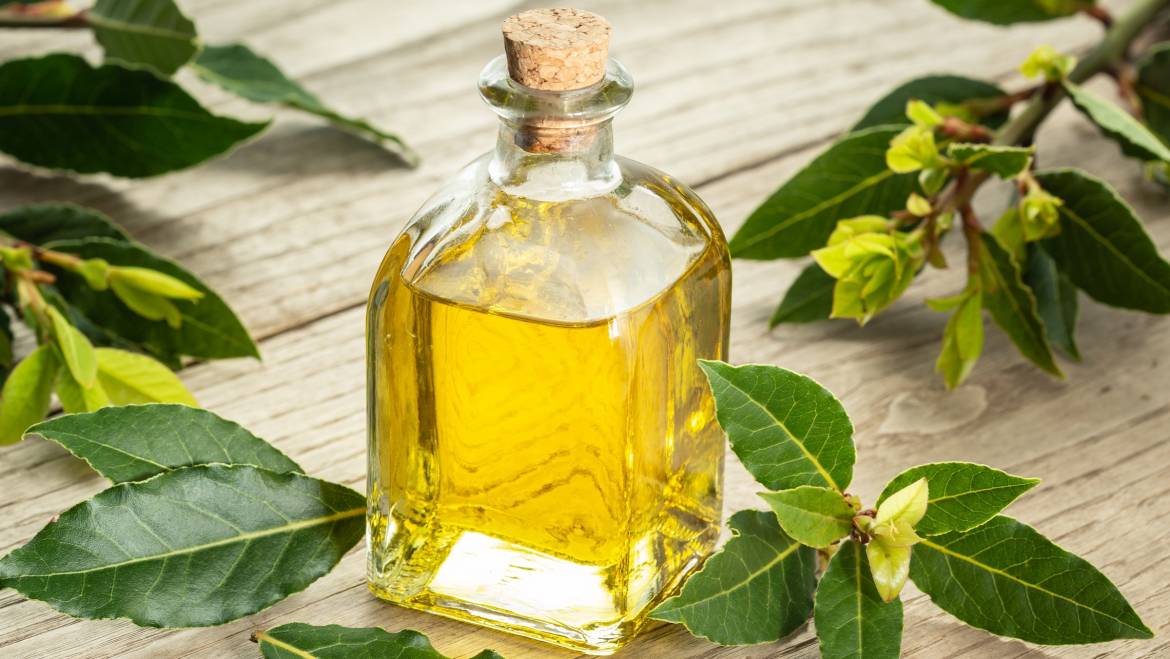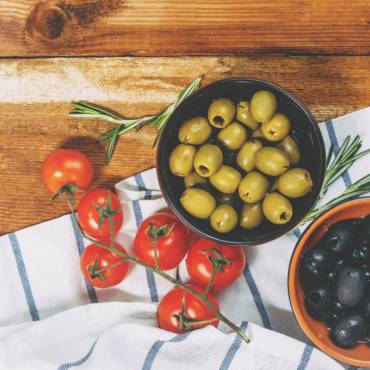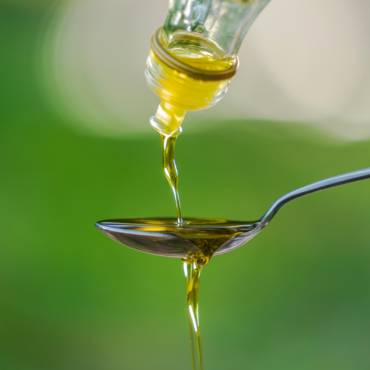An extra virgin olive oil can be obtained from a single variety of cultivated olives (cultivar) and, in this case, the oil is called monovarietal or monocultivar oil, or it can be born from the union of oils of different varieties (different cultivar) and in this case we speak of “blend” oils.
We produce mono-varietal extra virgin olive oil and in “blend” using olives produced in our olive groves in the district of Abate and in the district of Feudotto.
The oils produced are stored for decantation, in tanks, strictly in stainless steel, depending on the 3 cultivars present which are Nocellara del Belice, Biancolilla and Cerasuola. After decanting we commercialize mono cultivar oils:
- Nocellara del Belice with which you get an oil with the color that can go from yellow to deep green and a very low acidity that keeps, constantly, below 0.50%. On the nose, the extra virgin olive oil produced by Nocellara del Belice shows a medium intensity fruity olive accompanied by notes of almond, green tomato, cut grass, artichoke and sometimes aromatic herbs. The taste is bitter, slightly spicy and with a hint of sweetness. In the kitchen, this oil gives its best both raw (for the dressing of soups, vegetables and salad) and cooked (in the preparation of roasts and fries, both meat and fish);
- Biancolilla with which we obtain a balanced, fairly fluid oil, light green in color immediately after milling and straw yellow after decantation. It has a slightly spicy light fruitiness and sometimes with hints of tomato, artichoke, almond and fresh grass:
- Cerasuola whose oil has a rather strong fragrance with a prevalence of bitter and spicy; if the olives are picked still green the oil sometimes presents hints of green pepper, while if the olives are harvested well ripe the oil has a softer and more balanced flavor.





